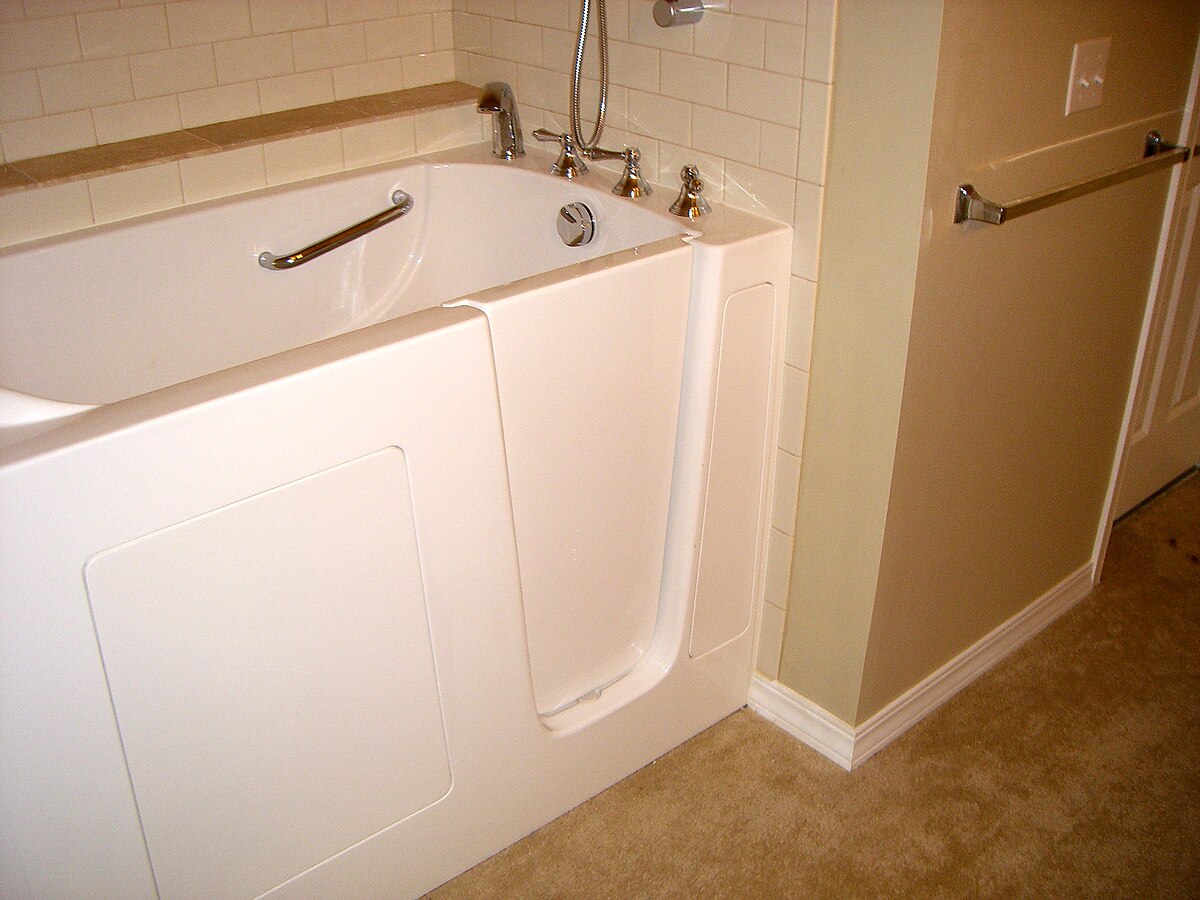Transforming Bathrooms for Senior Accessibility and Comfort
Bathroom remodeling is a crucial consideration for seniors and those with mobility challenges. As we age, our needs change, and the bathroom - a space we use multiple times daily - must adapt to ensure safety, comfort, and independence. This article explores how to create an accessible bathroom that combines functionality with style, focusing on key elements that make a significant difference in the lives of seniors and individuals with mobility issues.
Non-slip flooring is another crucial modification. Textured tiles or specially designed non-slip surfaces can dramatically reduce the risk of accidents on wet floors. For added safety, install grab bars strategically around the shower area. These provide support for entering, exiting, and maneuvering within the shower space.
What bathroom features can enhance mobility and safety?
Beyond the shower, several bathroom features can significantly improve mobility and safety for seniors. A raised toilet seat or comfort-height toilet can make sitting down and standing up easier, reducing strain on the knees and back. Installing grab bars near the toilet provides additional support and stability.
Adequate lighting is often overlooked but is essential for safety. Consider motion-sensor lights that illuminate the pathway to the bathroom at night. Inside the bathroom, bright, even lighting helps prevent accidents and makes tasks easier to perform.
Countertop and sink modifications can also enhance accessibility. A wall-mounted sink or one with open space underneath allows wheelchair users to get closer to the basin. Lever-style faucets are easier to operate for those with limited hand dexterity compared to traditional knob designs.
How can bathroom layout be optimized for senior accessibility?
The layout of a bathroom plays a crucial role in its accessibility. When remodeling, consider widening doorways to accommodate walkers or wheelchairs. A standard wheelchair requires at least 32 inches of clearance, but 36 inches is ideal for comfortable passage.
Creating open floor space is essential for maneuverability. A 5-foot turning radius allows wheelchair users to turn comfortably. If space permits, consider a layout that allows for a caregiver to assist without feeling cramped.
Storage solutions should be easily reachable. Lower cabinets or pull-out drawers can make accessing toiletries and medications easier. Open shelving at an appropriate height can also be beneficial, reducing the need to reach or bend excessively.
What materials are best for an accessible bathroom remodel?
Choosing the right materials is crucial for both safety and durability in an accessible bathroom. For flooring, opt for non-slip tiles or vinyl with a textured surface. These materials provide traction even when wet and are easy to clean and maintain.
For walls, consider using moisture-resistant materials that can withstand frequent cleaning. Mold-resistant paint or tile can help maintain a hygienic environment, which is particularly important for seniors who may have compromised immune systems.
When selecting fixtures, look for durable, easy-to-clean materials. Chrome or brushed nickel finishes on grab bars and faucets are not only aesthetically pleasing but also stand up well to frequent use and cleaning.
What are the cost considerations for an accessible bathroom remodel?
Remodeling a bathroom for accessibility can vary significantly in cost depending on the extent of the modifications and the quality of materials chosen. Basic modifications such as installing grab bars and a raised toilet seat can be relatively inexpensive, potentially costing between $1,000 to $3,000. However, more extensive renovations involving layout changes, walk-in showers, and specialized fixtures can range from $15,000 to $30,000 or more.
| Modification | Estimated Cost Range |
|---|---|
| Walk-in Shower Installation | $5,000 - $15,000 |
| Grab Bar Installation (per bar) | $100 - $300 |
| Comfort Height Toilet | $300 - $700 |
| Non-Slip Flooring (per sq ft) | $3 - $15 |
| Widening Doorways | $500 - $1,000 per door |
Prices, rates, or cost estimates mentioned in this article are based on the latest available information but may change over time. Independent research is advised before making financial decisions.
How can technology enhance bathroom accessibility for seniors?
Technology plays an increasingly important role in creating accessible bathrooms for seniors. Voice-activated lighting and temperature controls can make the bathroom easier to use for those with limited mobility or vision impairments. Smart toilets with bidet functions, automatic flushing, and self-cleaning capabilities can enhance hygiene and independence.
Motion-sensor faucets eliminate the need to grip and turn handles, benefiting those with arthritis or limited hand strength. Additionally, smart mirrors with built-in lighting and magnification can aid in daily grooming tasks.
While these high-tech solutions can significantly improve accessibility and comfort, it’s important to balance their benefits with the user’s ability to understand and operate them comfortably.
In conclusion, remodeling a bathroom for senior accessibility involves thoughtful consideration of various elements, from layout and fixtures to materials and technology. By focusing on safety, comfort, and independence, it’s possible to create a bathroom that not only meets the needs of seniors and those with mobility challenges but also maintains a stylish and welcoming atmosphere. Whether making small modifications or undertaking a complete renovation, the goal is to create a space that promotes dignity, independence, and quality of life for years to come.







